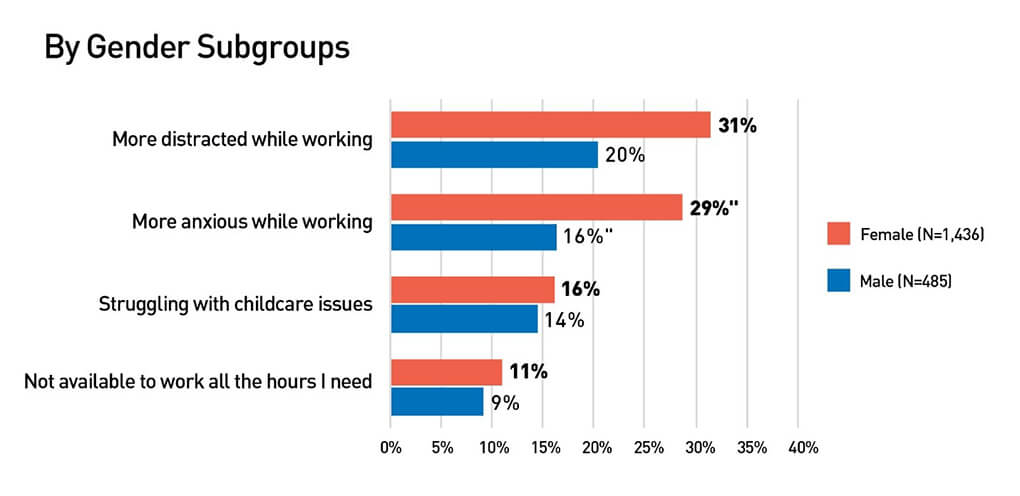While COVID-19 cases continue to surge across the United States, the race for the COVID-19 (SARS-COV-2) vaccine is nearing the finish line. Once the Food and Drug Association (FDA) determines that vaccines are safe and effective, they will likely be authorized through an Emergency Use Authorization. The FDA uses this type of approval during public health emergencies to authorize rigorously tested products quickly. But what many people do not realize is that vaccines also need to undergo a process known as post-market surveillance.
In this process, vaccine developers continue to monitor people taking approved medicines, vaccines, or medical devices after the product has been approved for use. One of the most important reasons for post-market surveillance is establishing further guidelines and recommendations for using drugs and vaccines. This information provides researchers with a better understanding of how the product works over time. If there seems to be a common side effect or negative reaction toward a drug or a vaccine, the FDA might alter the recommendations of the product.
It is common for guidelines and recommendations to change over time for products that have already been approved. Put simply, the post-market surveillance process keeps the public healthier by refining recommendations and making sure that guidelines for taking drugs or vaccines work for everyone.
Once an authorized vaccine for the COVID-19 virus is distributed to the public, the process of post-market surveillance will begin immediately. As required by the FDA, health care providers must report any side effects resulting from the use of approved medical products. For example, if a doctor, pharmacist, or authorized medical professional administers the vaccine to an individual who experiences a side effect after receiving the vaccine, they must report it to the FDA and the manufacturer.
Another way this happens is by vaccine recipients participating in surveys about their health over time. People working in healthcare will be first to get vaccines that are authorized by the FDA. HERO community members who get a COVID-19 vaccine will also have the opportunity to participate in this important long-term research. By participating in post-market surveillance research, HERO members can help researchers understand if there are differences in which types of vaccines work best for different people (men, women, older people, people with chronic diseases, etc.) and how the vaccines work to keep our communities healthy over time.
The COVID-19 pandemic is a once-in-a-generation challenge that healthcare heroes everywhere have worked together to face. From working on the frontlines to working behind the scenes, people in healthcare and clinical research roles have joined together with unprecedented focus to fight COVID-19. Post-market surveillance research is yet another important tool we will use to keep fighting.
If you are already a HERO member, thank you. If you are in a location that will have access to vaccines, you may be invited to participate in research next month. If you are not yet a member of the HERO registry, please join today. You can contribute to what it is like to work on the front lines of COVID-19, receive opportunities to participate in research, and help to protect all people working in health care as well as their families and communities.
For more information:
https://www.fda.gov/drugs/surveillance/postmarketing-surveillance-programs
https://www.healthaffairs.org/doi/10.1377/hlthaff.2020.01620
https://johner-institute.com/articles/regulatory-affairs/and-more/post-market-surveillance/

